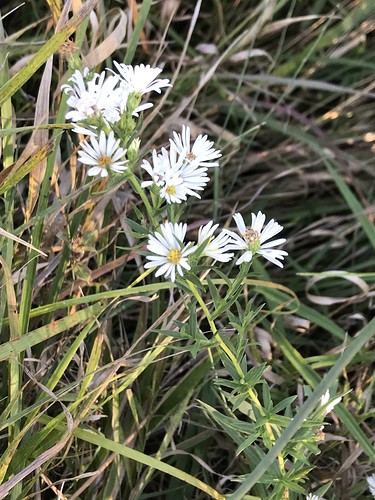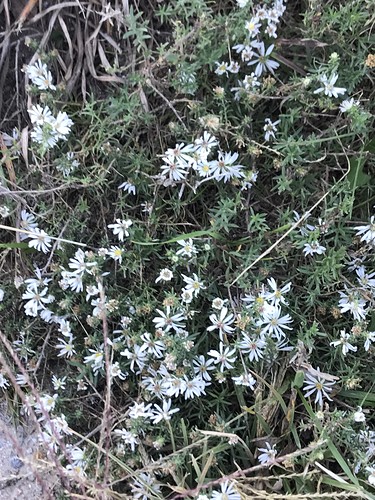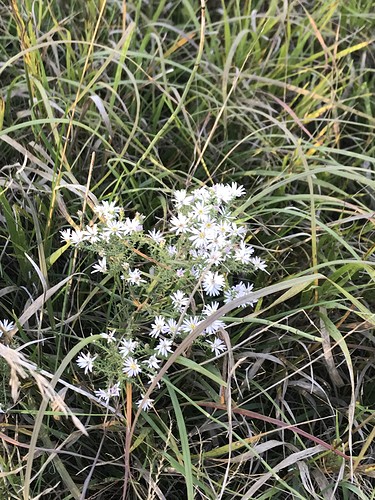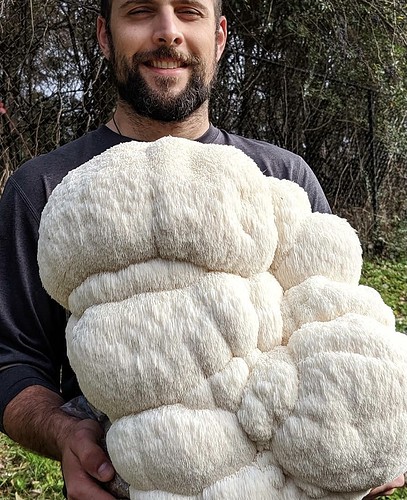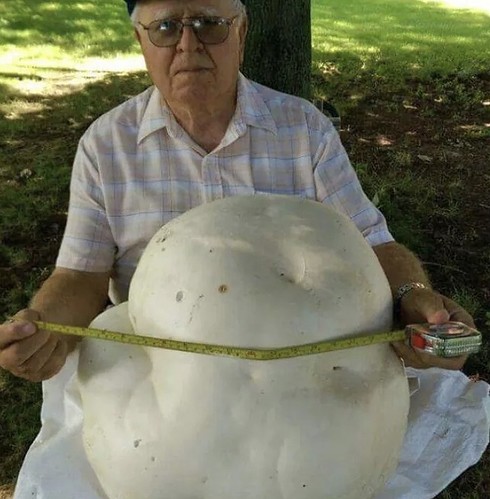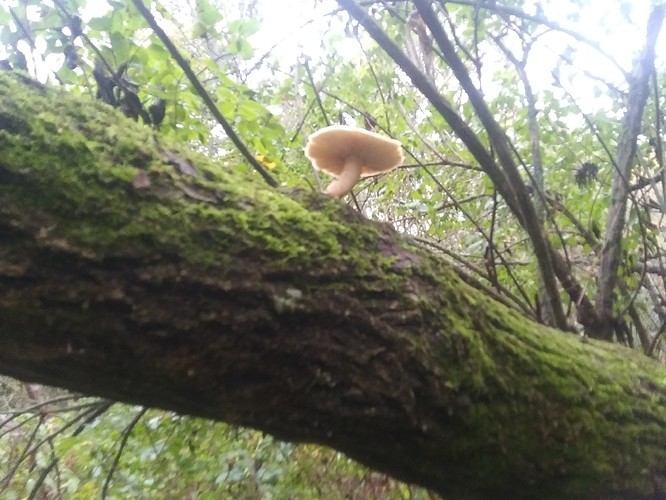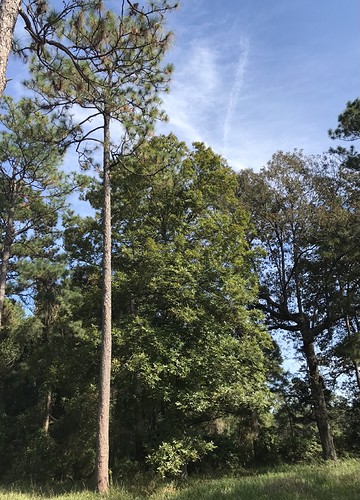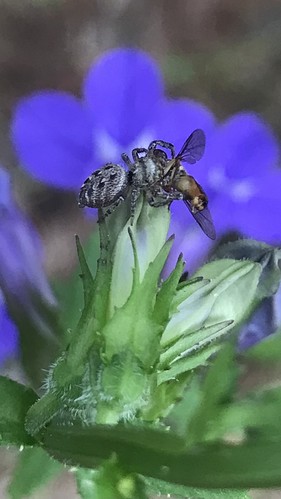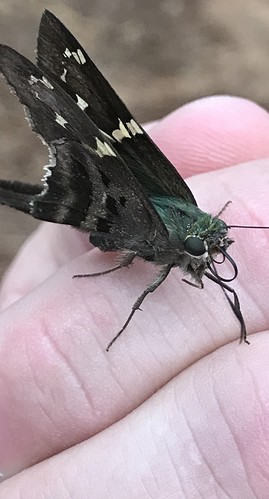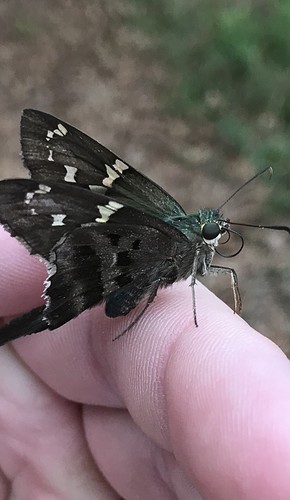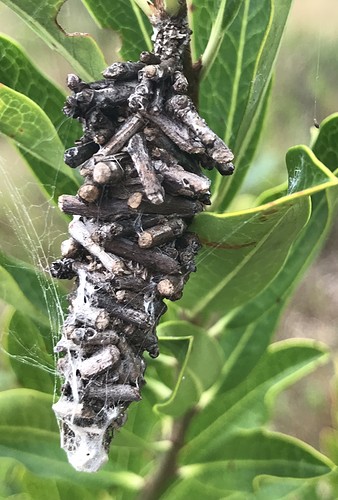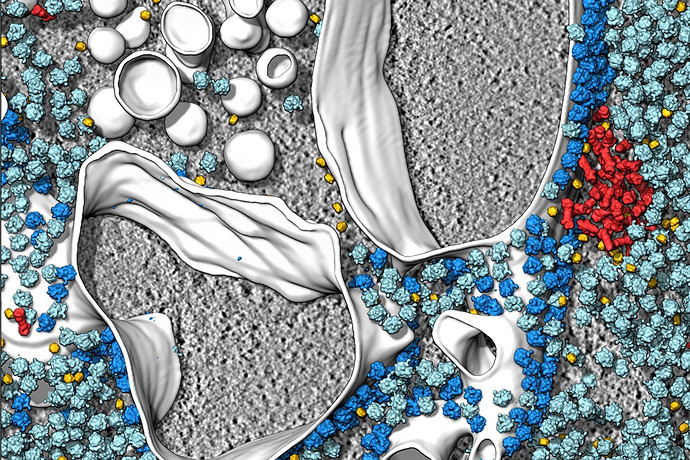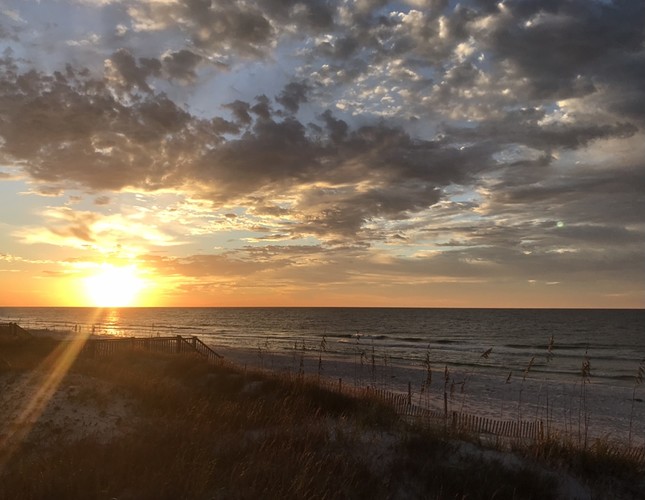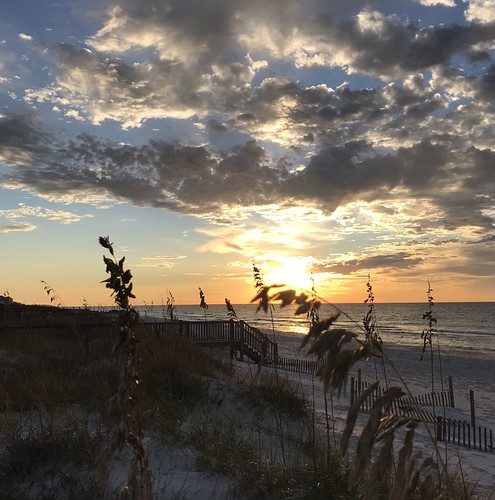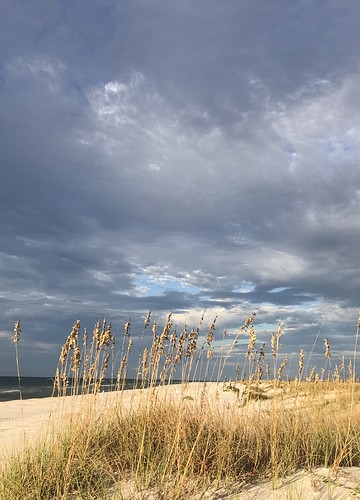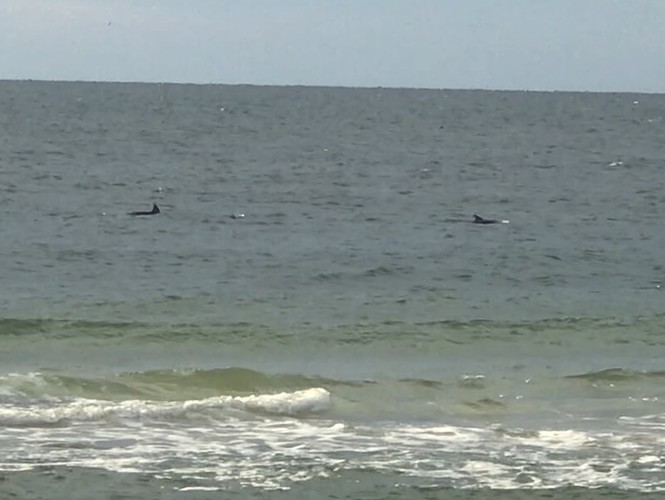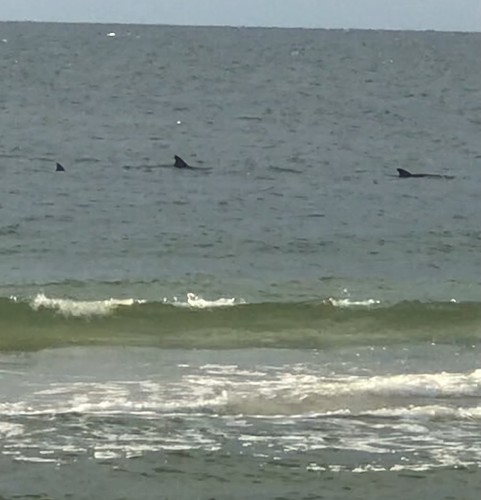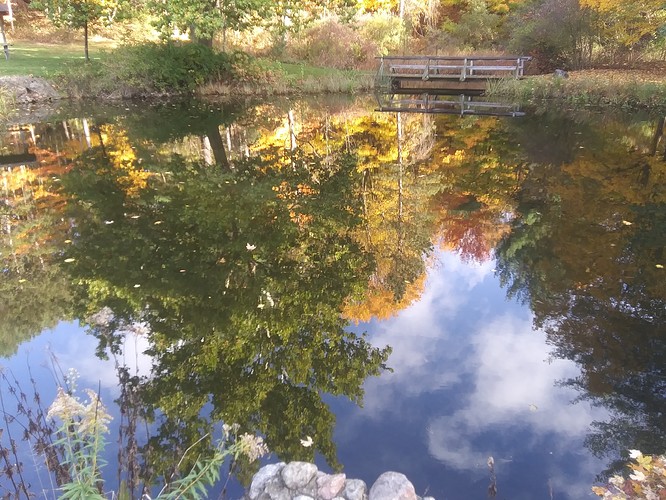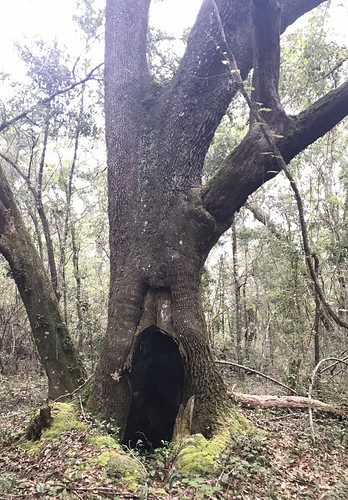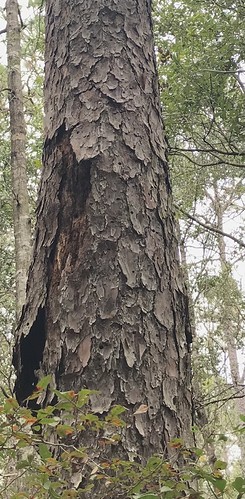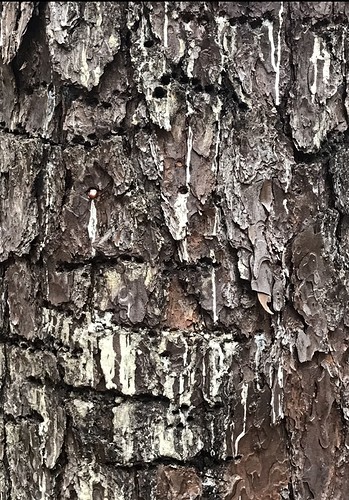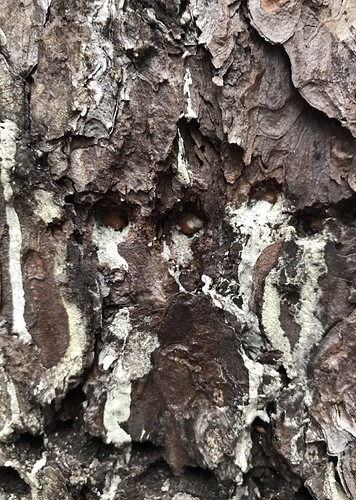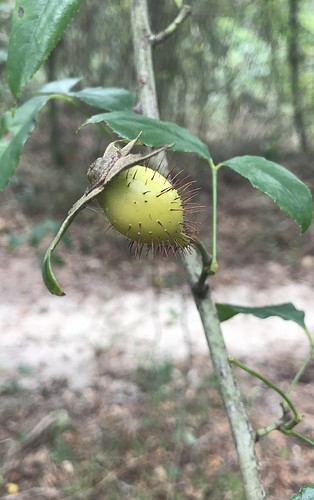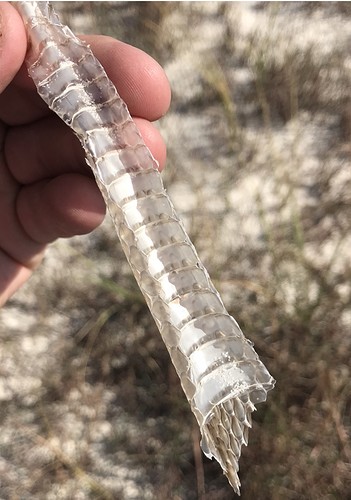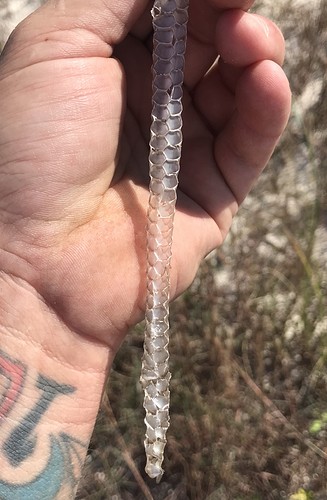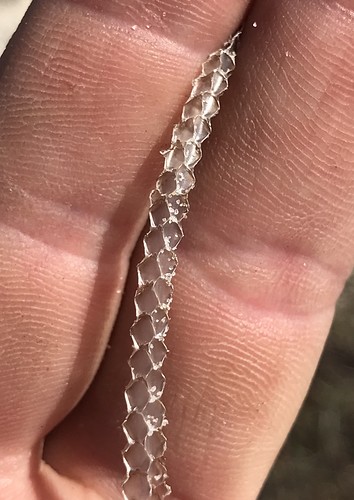That mushroom is huge! Never heard of that kind before.
Took these a couple of weeks ago. They’re pretty much gone now, though – one reference I saw called asters ‘the stars of fall’. These are pretty tiny, ca. ½" diameter:
They are big. They also get about 4-5 times bigger. But they are mostly common in winter and 30+ feet up high above the swamps. Giant puffballs also get 4-5 times this size as well.
These are not mine but shows some of the larger sizes they get.
Large lion manes Cluster.
Giant puffball.
Both are edible.
Wow!
Spent a few hours today at the beach. Nice 86°f and a good breeze. I’ve looked at a bunch of places today in USA and seen tons that seem miserable to be because they are in their 50-60s. I like that here most of the deciduous trees are still green, caterpillars are still hatching from eggs and the majority and it’s still fairly vibrant. I am glad despite many other factors that I can at least go swimming and running along the beach in just shorts and enjoy hot weather.
I’m prissy enough to prefer something in between. I find mid 60’s to mid 70’s are the temps that draw me outside for walks and gardening. 80’s won’t stop me in my tracks but I’ll do less and anything over 90 is forget it. Below my ideal range layers usually do the trick but below 40 I’ll find something indoors to do.
A jumping spider that pounded onto a small wasp for its dinner.
I forgot this species at the moment. I remembered it literally until I tried to type it. Then my mind got stuck on some kind of skipper. Long tailed skipper maybe.
Bagworm moth caterpillar. They have a spectacular homemade house out of pieces of wood and plants held together by silk. It’s really amazing they are able to do this.
Black willow, goldenrod, bluestem grass, and a few other plants. Pretty image.
As for the weather issue there are some drawbacks. The extended warm weather results in a influx of migratory animals. It also means smaller animals that usually hibernates or semi hibernates tend to run around longer. All these increased species results in more roadkill. So flocks of vultures during fall here ends up over gorge themselves on roadkill. They eat so much that it causes them to use up drifts created by the heat of the roads to keep them flying easier and a unfortunate byproduct of that is Alabama’s infamous “blood showers” where dozens of flocks all overeat begin to throw up and it just showers the roads causing a 8% increase in wrecks but worst of all is that 1-2 visitors a month on vacation to the beach don’t know not to run or bike on the roads and when they get rained down on with bloody chunks they panic and often run out into the road and get hit and the resulting carnage just helps accents the now hungry birds to flock to the road as people run around trying to make them leave the bodies alone slipping and sliding. Like that mini fictional dark tale lol. What’s funny is the amount of people who believes random tales like that when we end up talking out in the field. It’s partly inspired by “ some guy’s” creepy paste forums on Reddit.
Blech. ![]()
Yes, that is a Long-tailed Skipper. We get a few of them in our yard pretty frequently in fall.
Now for some completely different creation photos:
Cryo-electron tomography and related techniques can showcase the insides of cells in striking detail.
An algal cell reveals its secrets under cryo-ET, showing the endoplasmic reticulum (yellow), which makes proteins, the pouches of the Golgi apparatus (green and magenta), which modifies and packages proteins for transport, and vesicles (small circles, various colours), which carry proteins.
Cool (not as in cryo  ). Thanks!
). Thanks!
in general, I’d agree with you–I grew up in Niger, and I’d rather sweat than freeze. It was often 100 degrees by 9 am. However, running in the woods with colors in the 50s is really beautiful, too ![]()
It is beautiful indeed. I enjoy the three weeks of it we have here lol.
During late fall and early spring we have major weather swings. The mornings will be 40-50s and the afternoon will be 60-70s and then it drops again. Sometimes it’s even 50s in the morning and 100 in the evening. A month ago we were still occasionally hitting 100 on the hotter days around 2-4pm.
The main thing I enjoy though is summer daylight hours. I get a bit depressed when they do daylight savings in winter and it’s dark by 445pm. By 530 it’s completely dark. I like having summer with 4-5 extra daylight hours in the evening.
The other part is my cats also. My cats are indoor cats. They only go outside an hour or so a day when I’m with them outside. I don’t have the cat play pen connected to the house yet because I’m planning on tearing this one down. But I may do it anyways and move it once I’m done.
But in summer I can take them outside at 530am for an hour and I can take them back out for an hour in the evening around 745 pm and they enjoy the daylight. In winter, they are only outside for like 30 minutes becsuse I have to leave to start earlier at work since I can’t work later and by time I’m back it’s dark and they can’t go outside.
I always enjoy waking up early and being at the beach as the sun is coming up. I often kayak from 4:30-6:30am. I especially enjoy the pods of dolphins.
Nice.
Today I lead a group of “budding” botanist and ecologist who are working towards their bachelors degree out of florida.
To begin when we go there , since they all are focused somewhat on ecology, I wanted to make a point at the beginning. So right when we got there I asked them how many of them have visited other parks and trails in the last few weeks. I asked them about did they check themselves before they got here. Explained to them that as winter draws nearer and we begin to wear jackets and boots often seeds get stuck on them. To use driving 1-2 hours is nothing. But it could take decades for a plant to spread that far. Talked a bit about how the chestnut blight in under a century wiped the American chestnuts out all because of a fungal disease spread from Chinese chestnut rootstocks.
Then as we begin to enter I questioned them on what do they know about fire ecology. Asked them when do they think this forest was last burned. What are some clues to look for. Leaf and limb debris. Told them how to look for things like fallen logs and their state of decay including things like moss on them. Told them that it’s obvious this forest has not been burned in a while. Probably not even burned in over a decade. It’s actually in a pretty bad state. Picked out a few and told them to go ahead and track down who to call to handle this. Find out who owns the park, find out what type of fire plan they have, when was it last burned. Told a few others to look at the nearby communities. To start talking to them about what concerns do they have. Once all thst data is collected to talk with some fire ecologist and work out a plan. That by next winter they need to have something worked out and see if they can have a winter of 2022 burn.
Which then brought us to this sight. Had them work through was this from a previous burn or is this some kind of illegal, and frankly very dangerous campfire. It could have gotten out of control easily.
Then I got one of them to look at the ground and walk up to a tree. Told them not to raise their eyes over 4 feet and just look at the trunk. Tell me what do they notice and does anything seem wrong.
The picture is at about 6 feet high. They could not see the bark falling off. What they could see is all the holes. Guided them through were the holes in following a pattern or are the holes irregular? What size are the holes? Can you fit a pinky finger in them or are they tiny like a beak. Since the holes are irregular, and larger, we can presume it’s most likely a boring insect. Which means the tree is very far alone in decay. Which was proven as they looked up and seen that bark was falling off and that it had no needles on it. Which also further showed that it’s not been burned in a long time. A fire would completely wipe out this tree quickly despite it being 30 feet tall.
We then came to a different tree with different holes. These are following a clear pattern, and the holes are much smaller. The tree is also over all healthy. Additionally all the leaking , and dried sap, let’s you know it’s a sapsucker bird.
Next we came to a species I wanted them to ID. I asked them to tell me how to ID it? The first suggest was to use an app. The apps was not working. The next step was to post it to a Facebook group. So I did and asked them to describe it. They decided to phrase it as “ a green vine with a spiny fruit that had some spike like parts on its stems” ( which is very inaccurate but I wanted them to word it and so we posted it to fb that way ).
It was identified as a “ Cherokee Rose”. Which is correct.
But they did not actually ID it just had it IDed. So asked them to look back at the “fruit” and asked them how can it be the fruit if it’s behind the petals, and not part of the flower meaning it was not produced by fertilization. So I explained to them the difference between a fruit and a false fruit such as rosebuds , pineapples and even apples .
It was a good 6 mile hike that took 5 hours. Fairly slow paced.
I enjoy the long summer evenings, too. The interesting thing about Niger was that so close to the Equator, we had sunrise and sunset about 6-7 each day, and there was not much variation. Also, as the sun was so close overhead, there was very little twilight–not as much atmosphere to delay things.
When my sister and I went to Alaska on a camping trip, we chose a light colored tent. That was a mistake, as the sun didn’t go down till 11:30 or midnight in July–and then rose about 4 or so! I was so short on sleep that it was a blessing to find a mom-and-pop motel where we could black out the windows and sleep a bit (and get nice showers). We also learned that not only was the mosquito the state bird, but DEET (Off) makes your hair more frizzable if you get too close to the campfire! It was beautiful, though, staying in Denali and other places.
Though I’m not anywhere near good enough to set mine the species based off of this snake skin, though I potentially could of I found the rest of it and spent time going through them I can tell right off the bad because of the belly scales that it’s not venomous. It’s not a pit viper anyways. Mostly likely one of the milk snakes.
